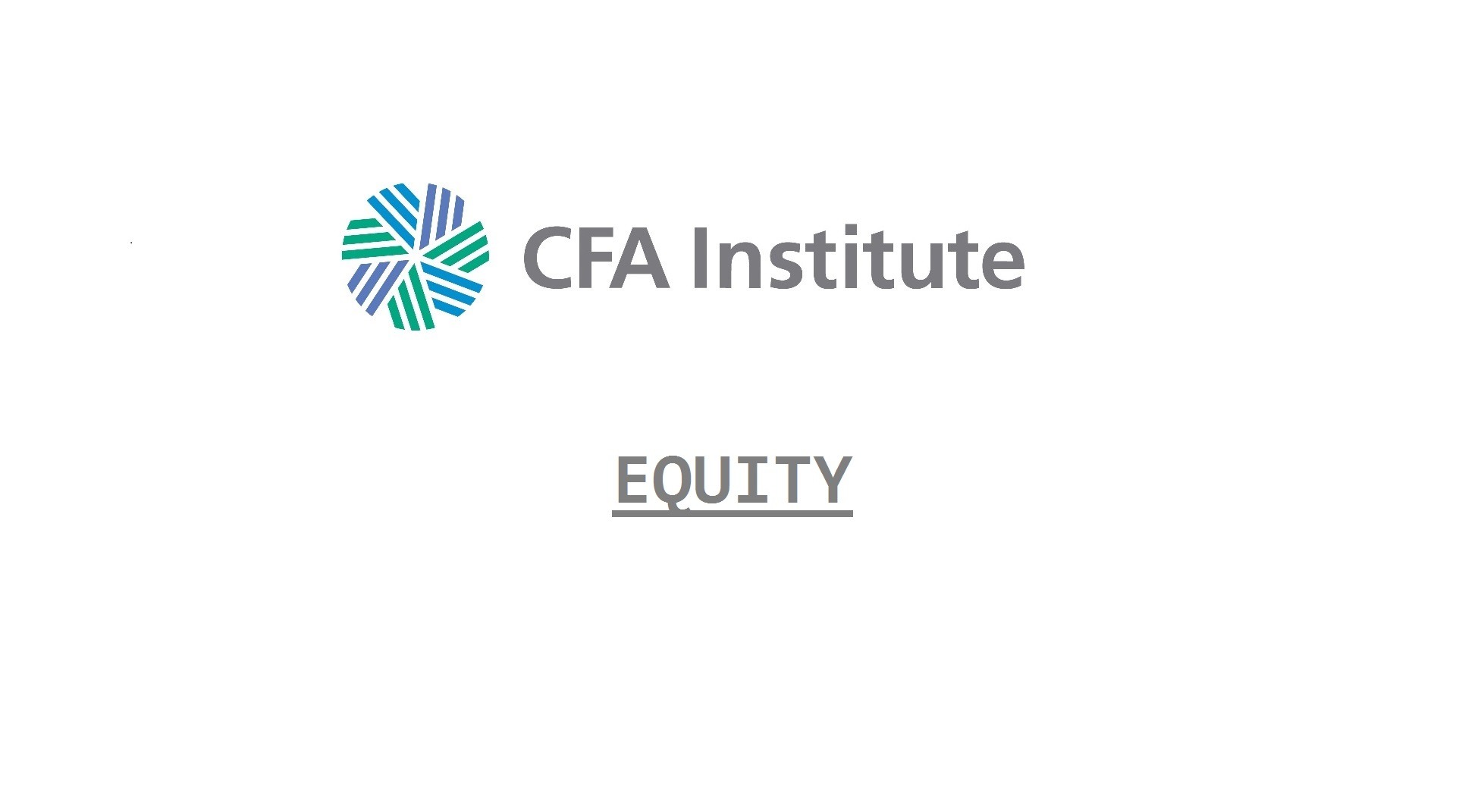The construction of an index starts with the method of identifying stocks to include; this method can be exhaustive (every stock in a defined universe; e.g., the CRSP U.S. Total Market Index) or selective (a subset of stocks within a universe; e.g., the S&P 500 Index or the Dow Jones Industrial Average [DJIA]).
Methods of index-weighting include (1) market-cap weighting, (2) price weighting, (3) equal weighting, or (4) fundamental weighting.
- Market-cap weighting refers to weighting each portfolio stock by its total market capitalization as a percentage of the total capitalization of all the stocks in the index. The market portfolio in the CAPM and many indexes, such as the S&P 500, are market-cap weighted. The most common market-cap weighting method in practice is based on each stock’s free-floating shares.
- Price weighting refers to weighting each portfolio stock by its price. This can be achieved with a portfolio that holds an equal number of shares of each index stock, which gives stocks with higher share prices larger index weights.
- Equal weighting refers to investing equal amounts in each portfolio stock. Equal weighting reduces concentration risk, especially compared to market-cap weighting for the large-cap segment where capitalizations vary widely.
- Fundamental weighting refers to weighting index stocks by their proportions of the total index value of a fundamental factor, such as sales, income, or dividends.
